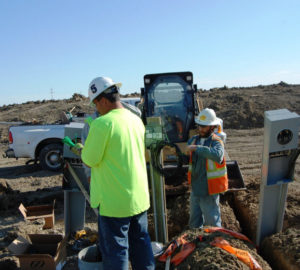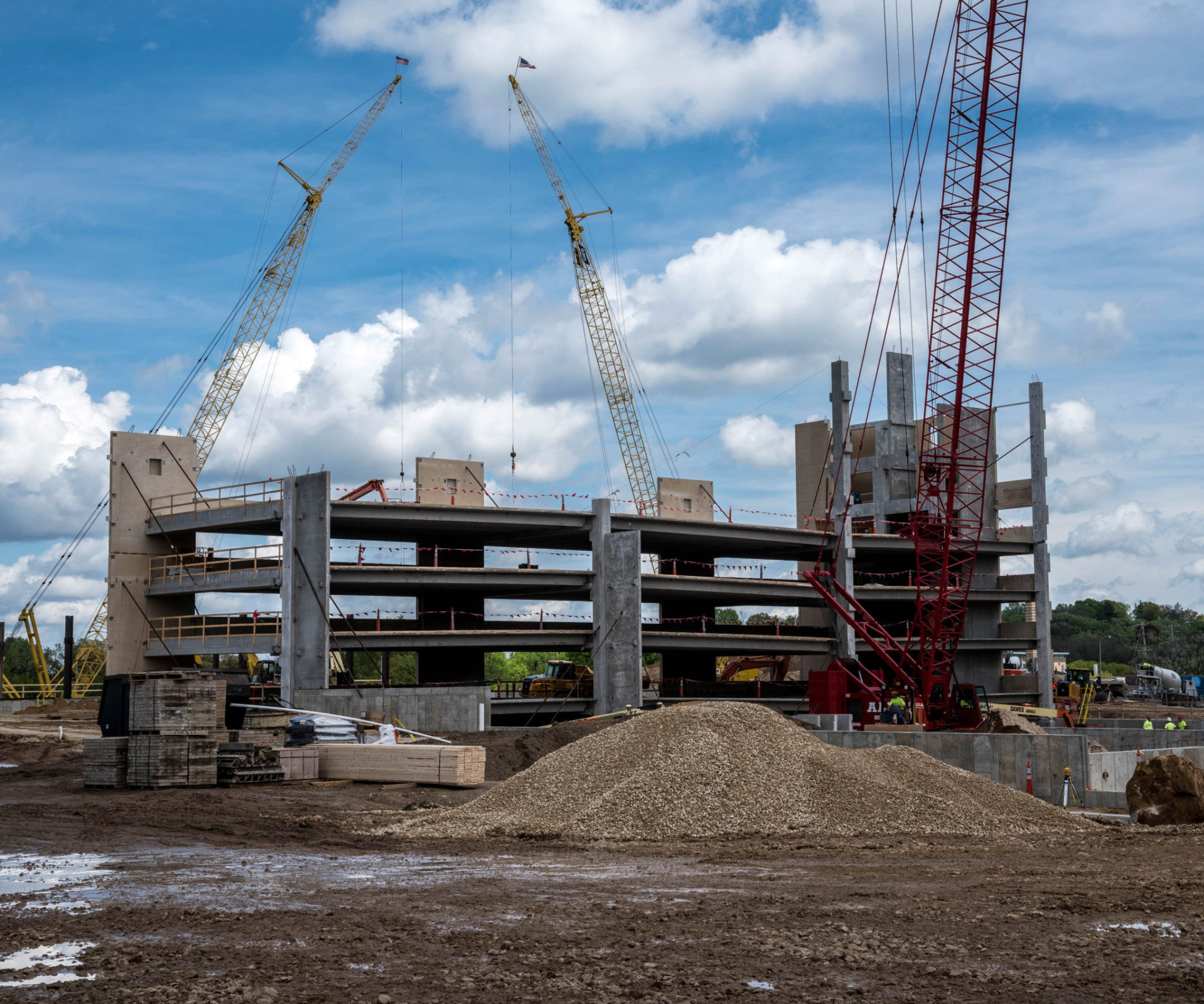Description
The building sector is responsible for 30% of greenhouse gases emitted in NYS. Prohibiting utility hookups and/or storage of natural gas, propane, and oil is an effective way to decarbonize New York buildings by requiring the use of all electric appliances and services, including HVAC and cooking, at new buildings. In addition to hookups to individual buildings, the prohibition includes natural gas infrastructure to new developments.
Prohibiting fossil fuel use in residences has health and economic benefits too. According to the Rocky Mountain Institute, homes with gas stoves can have nitrogen dioxide concentrations that are 50–400 percent higher than homes with electric stoves. The US Environmental Protection Agency (EPA) recently strengthened its assessment of nitrogen dioxide, finding a causal relationship between short term exposures and respiratory effects. A 2018 report by the Rocky Mountain Institute considered carbon emissions reductions and cost-effectiveness of all-electric space and water heating in new single-family homes. The report found that new single-family developments avoiding gas could “save $1,000 to more than $24,000 per single family home, with a median value of $8,800.”

1
2
Implementation Phases
Prohibit fossil fuel hookups at new residential and commercial buildings as of 2025 or as soon after that as permitted by state law/regulation.
Prohibit fossil fuel hookups at all new buildings no later than 2040.
Challenges
At this time, municipalities can’t outright ban fossil hookups because that would violate the New York building code. There are three potential paths forward:
- Offer incentives/point based energy code that encourages not using any fossil fuels in the house. Ithaca, NY is using this route.
- Based on materials presented at meetings of panels convened under New York’s Climate Leadership and Community Protection Act, it appears that new regulations set through this law may allow municipalities to ban fossil fuel hookups in the future.
- An effort led by Bedford, Ithaca, and Saratoga Springs, NY aims to use municipal policing powers to ban fossil hookups.
Developers will have to alter their designs of new buildings to be powered solely by electricity.
The challenge of providing heat to a building during an electrical outage is discussed under the action “EL1. Require heat pumps.”
Example Municipalities
Several municipalities have already implemented this action…
- In total, 42 municipalities across the country have enacted legislation to replace fossil fuels with electricity in newly constructed dwellings.
- Brookline Massachusetts prohibits new fossil fuel infrastructure on any “new building” within its purview
- Berkeley, California‘s ordinance on prohibiting fossil fuel hookups is a robust guide and example for municipalities across the country
Greenhouse Gas (GHG) Reductions
Data
New residential housing units in municipality: 65 units per year [ Town of Bethlehem Demographic and Growth Analysis 1991-2018 , p. 9]
New commercial units in municipality: 7 units per year [ Town of Bethlehem Demographic and Growth Analysis 1991-2018 , p. 37]
GHG emissions due to natural gas, fuel oil and propane as fossil fuel used in residential units : 37,837 metric tonnes CO2e [ Bethlehem, NY 2010 Greenhouse Gas Emissions Inventory, Page 51-74 Table 1 ]
GHG emissions due to natural gas, fuel oil and propane as fossil fuel used in commercial units : 13,094 metric tonnes CO2e [ Bethlehem, NY 2010 Greenhouse Gas Emissions Inventory, Page 51-74 Table 1]
Assumptions
Phase 1 implementation calls for prohibiting fossil fuel hook-ups in all new residential and commercial buildings.
Methodology
We calculated
- The average CO2e due to combustion of fossil fuel per unit per year for residential and commercial buildings.
- GHG emissions due to use of fossil fuels per year for all newly constructed commercial and residential units.
- The reductions in emissions by prohibiting fossil fuel usage in new residential and commercial buildings.
Results
320 metric tonnes of CO2e is reduced when fossil fuel and deliverable fuels are prohibited for new constructions.
This results in MODERATE GHG emissions reductions.

Climate Smart Communities (CSC) & Clean Energy Communities (CEC) Link
This action is also related to CSC and CEC actions for which municipalities can earn points toward certification. If municipalities include this prohibition in a local Stretch Building Code, they can:
CEC Actions:
- Access 1200 CEC points and also action grants of up to $50k through the CEC NYStretch Energy Code Action. After completing this CEC action, municipalities can also:
CSC Actions:
- Earn 10 CSC points through PE6 Action: NYStretch Energy Code.

Co-benefits
There are multiple co-benefits to completing this action, including:
- Avoided environmental damages of fossil fuel spills/leakages.
- Significant delivery infrastructure avoided costs.
- Avoid utility un-depreciated assets by retiring rather than replacing aging pipes.
- No natural gas, so no carbon monoxide.
Resources
New Yorkers for Clean Power hosted a webinar on January 28, 2021 that discussed pathways for New York municipalities to transition off of fossil fuels. The portion of the webinar presented by Amy Turner, Senior Fellow at the Sabin Center for Climate Change Law at Columbia Law School, specifically discussed legal pathways for municipal bans on natural gas hookups.
CBS News published the article Cities are banning natural gas in new homes, citing climate change.
In total, 42 municipalities across the country have enacted legislation to replace fossil fuels with electricity in newly constructed dwellings. These include Oakland, San Jose, and Berkeley.
The Berkeley, CA ordinance can provide a model for municipalities prohibiting fossil fuel hookups.
https://www.nyserda.ny.gov/-/media/Files/EDPPP/Energy-Prices/Energy-Statistics/greenhouse-gas-inventory.pdf)
https://www.epa.gov/isa/integrated-science-assessment-isa-nitrogen-dioxide-health-criteria
https://www.cbsnews.com/news/cities-are-banning-natural-gas-in-new-homes-because-of-climate-change/
https://www.sierraclub.org/articles/2021/01/californias-cities-lead-way-gas-free-future
https://oakland.legistar.com/View.ashx?M=F&ID=8932328&GUID=A76989E1-478B-4FA5-AA29-7566B7F208BF
https://www.sanjoseca.gov/Home/Components/News/News/2210/4699
https://www.cityofberkeley.info/Clerk/City_Council/2019/07_Jul/Documents/2019-07-09_Item_21_Adopt_an_Ordinance_adding_a_new.asp
https://climate.ny.gov/-/media/CLCPA/Files/2021-01-26-CAC-Meeting-presentation.pdf
http://www.ithacagreenbuilding.com/



